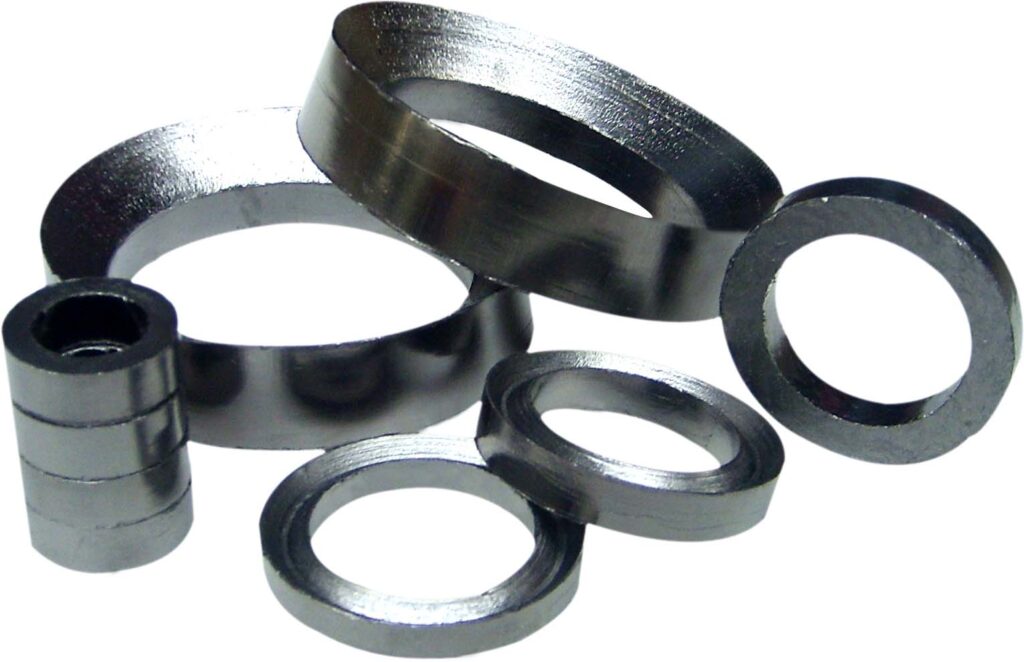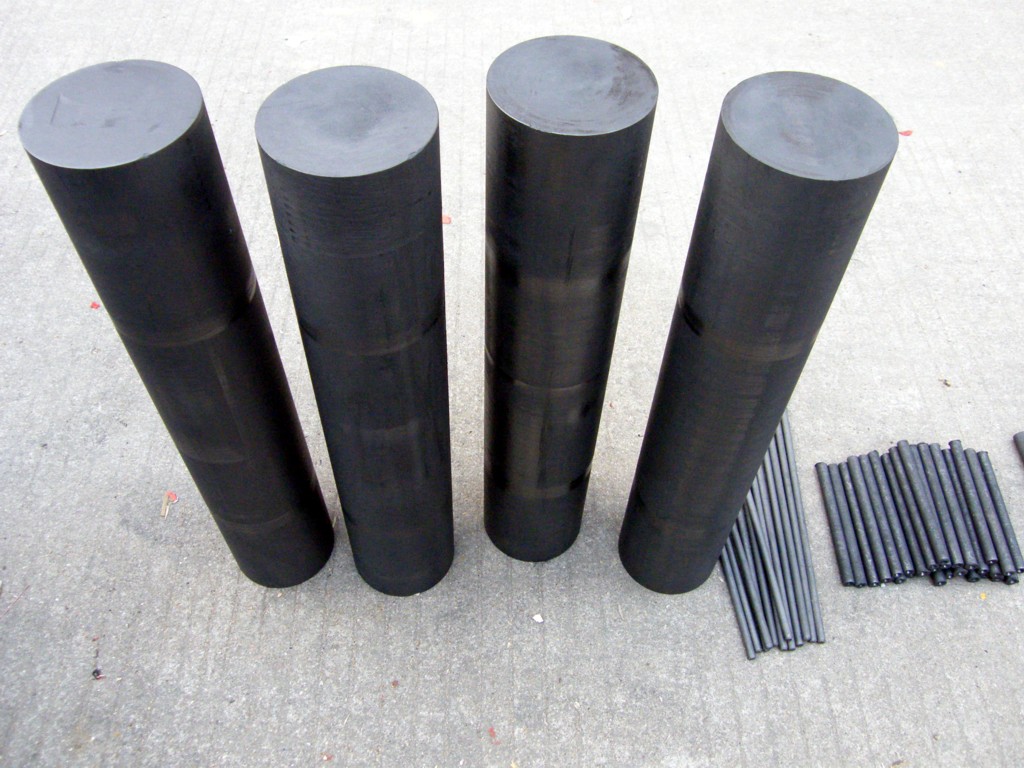Have you ever wondered how tiny computer chips or solar panels get made? Chances are, a graphite boat played a key role in the process. These simple-looking, shallow trays made from high-purity graphite might not seem flashy, but they’re absolute workhorses in industries that need precision and durability at high temperatures. Let’s dive into where and how they’re used.
One of the biggest jobs for graphite boats is in semiconductor manufacturing. Think about the small chips inside your phone or laptop—making those requires extremely clean, controlled environments. Graphite boats hold silicon wafers (the flat circles where chips are built) during processes like doping (adding tiny amounts of material to change conductivity) or annealing (heating to improve structure). Why graphite? It doesn’t react with the chemicals used, stays stable even when heated to over 1,000°C (1,832°F), and won’t scratch the delicate wafers. That’s crucial because a single scratch can ruin a whole batch of chips.
Next up: solar panel production. Solar cells are made from silicon too, and graphite boats help handle the thin silicon sheets during coating and firing steps. When factories apply layers of material to make the cells absorb sunlight better, the boat needs to stay flat and steady—any warping could mess up the coating. Graphite’s low thermal expansion means it doesn’t bend or stretch much when heated, keeping those fragile sheets safe. Plus, it’s lightweight, so it’s easier to move around in automated machines.
Laboratories and research labs also love graphite boats. Scientists use them for high-temperature experiments, like melting metals or testing new materials. Maybe they’re studying how a compound behaves when burned, or growing crystals for new tech. The boat can handle acids, alkalis, and extreme heat without breaking down, so researchers don’t have to worry about the container affecting their results. It’s like a reliable test kitchen for materials science!
You’ll also find graphite boats in metal processing—not for melting metal, but for holding small samples during heat treatment. For example, when engineers want to test how a new alloy withstands high temperatures, they put it in a graphite boat inside a furnace. The boat protects the sample from the furnace’s atmosphere and makes it easy to take in and out without dropping or damaging it.
What makes graphite boats so versatile? It’s all about their material perks. Graphite is:
- Heat-resistant: It stays solid even when most metals would melt.
- Chemically stable: It doesn’t react with most substances, so it won’t contaminate what it’s holding.
- Smooth and durable: Its surface is gentle on delicate materials, and it lasts a long time even with repeated use.
Whether it’s in a giant factory making millions of solar panels or a tiny lab testing the next big material, the graphite boat does its job quietly but importantly. It’s not the flashiest tool, but industries that rely on precision and high temperatures couldn’t do without it. So next time you use a smartphone or see a solar farm, remember—the humble graphite boat might have helped bring that technology to life.


